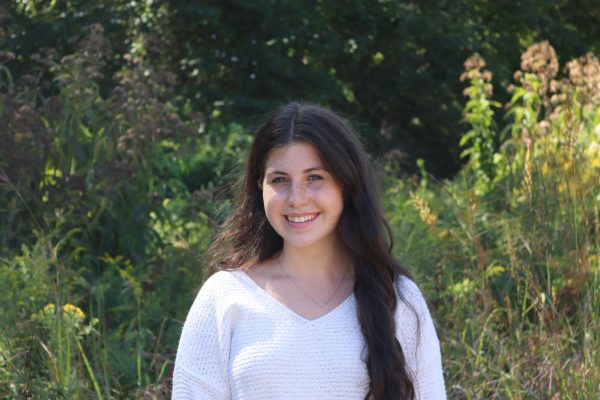WHS begins the course selection process
Credit: Nadya Chase
Wayland High School students begin the course selections process. This year, students are not required to have a teacher recommendation for a certain course in order to take it. “People are going to be able to take academic risks that they haven’t been able to do before, and I think that may be new and exciting,” guidance counselor Sara Bodi said.
March 29, 2023
Every March, Wayland High School students choose their classes for the next school year. From March 6 until March 17, teachers discussed different course options for the next school year, and then put their recommendations into Home Access Center (HAC). Starting on March 24, students are able to see their teacher recommendations in HAC and select their courses for next year.
This year, the teacher recommendation process is different from previous years. Before, students had to be recommended for a course or have a specific grade in a prerequisite class in order to take a certain course. However, this year, students can take whichever courses they would like without having to be recommended for them by their teachers.
“I think that [getting rid of required teacher recommendations] is a way for us to make the course selection process more equitable to all students and give kids opportunities that they haven’t necessarily had in the past,” WHS guidance counselor Sara Bodi said. “People are going to be able to take academic risks that they haven’t been able to do before, and I think that may be new and exciting.”
Some students have taken advantage of this new process by signing up for more difficult classes or more electives instead of leaving room for free periods.
“I had a list of ten electives I wanted to take,” sophomore Rebecca Grossman said. “I couldn’t decide between taking a business elective and Advanced Placement Government and Politics, so I just decided to sign up for both.”
While this new process allows students to take more academic risks, Bodi urges students to not overwhelm themselves by taking classes they aren’t prepared for.
“We want students to really be thoughtful about what their teachers recommend, because those teachers know their students really well,” Bodi said.
Bodi also warns students that they might not be able to fit all their desired courses into their schedules.
“When students want to do more than two electives, it definitely gets hard to schedule,” Bodi said.
While some students are planning to fill up their schedule with electives, others have decided to maximize their work time by leaving room for free periods.
“I’m not going to do any art electives for the first semester so that I can have some free periods to do my work,” freshman Eva Smith said.
Bodi encourages students to meet with their counselors in order to create a manageable schedule. For students like Grossman, meeting with a guidance counselor has been especially helpful during this process, as counselors were able to answer questions that others could not.
“We want students to come and talk to guidance counselors about how everything fits together and the overall balance of the course load, just so we can try to make the best decisions possible,” Bodi said.





![Last Wednesday, the Wayland School Committee gathered to discuss a number of topics regarding the health curriculum and Innovation Career Pathway course. Another large topic of conversation was the ways to potentially mitigate distracting cell phone usage. "These [phones] are going to distract your learning and social relationships," Superintendent David Fleishman said. "That's concrete right there."](https://waylandstudentpress.com/wp-content/uploads/2025/06/Screenshot-2025-06-04-at-9.49.31 PM-1200x886.png)



























![Troy Hoyt finishes the Boston Marathon, running for the Hoyt Foundation. T. Hoyt is the son of Hoyt Foundation CEO Russ Hoyt.
“[Running a marathon] might seem like a big thing, when it’s presented to you at first, but if you break it up and just keep telling yourself, “Yes, you can,” you can start chipping away at it. And before you know it, you’ll be running the whole 26 miles, and you won’t even think twice about it.” T. Hoyt said.](https://waylandstudentpress.com/wp-content/uploads/2025/04/C36E8761-1CBB-452E-9DF2-543EF7B1095E_1_105_c.jpeg)














































